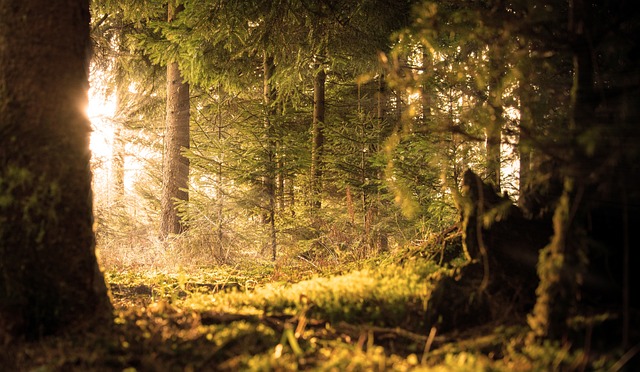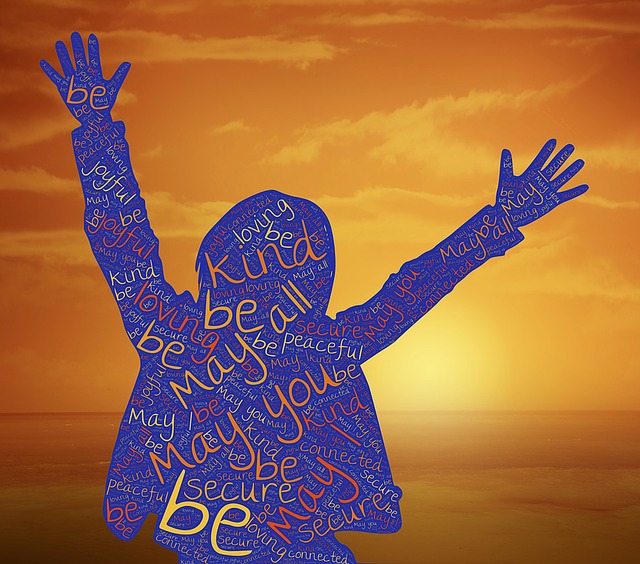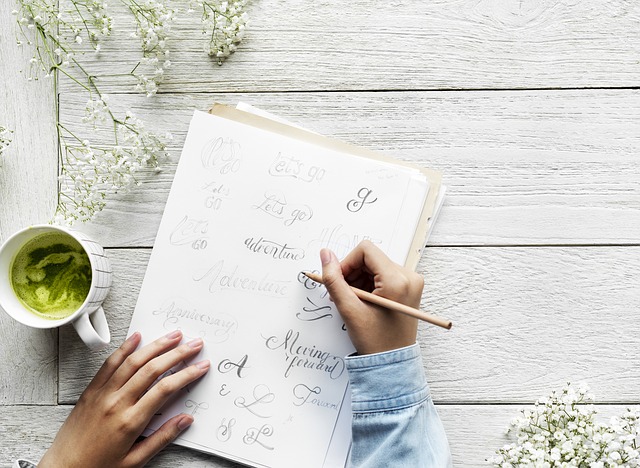In a recent guided meditation podcast, Radiating Kindness Practice, Diana Winston reinforced the view that kindness is integral to mindfulness – kindness to ourselves and others. She maintained that being kinder to ourselves (e.g. overcoming negative self-evaluation) and to others (loving kindness towards both people we love and those we dislike), is embedded in meditation. In the guided meditation, she integrates kindness with the meditation process by incorporating three different loving kindness practices that she describes as:
- “Dry loving kindness”
- “Wet loving Kindness”
- “Radiating loving kindness”
At the start of the meditation, Diana encourages us to adopt a comfortable position that will aid relaxed breathing and assist us to express kindness to ourselves and others. She begins with taking slow breaths before engaging in a brief body scan to identify points of tension or tightness. After encouraging us to release the tension/tightness by softening the point in our body, she moves onto undertaking the different kindness practices in the order indicated above.
Dry loving kindness
Diana explains that the idea behind dry loving kindness is repetition of words that supplant any negative thoughts. The idea is to stop ourselves from engaging in unflattering comparisons, negative self-evaluations, caustic critiques or cycles of worry and anxiety. The concept is simple and is easy to undertake. Basically, you can repeat words like, May I be happy, may you be happy, may we all be happy. The approach adopts the intention to change our inner dialogue from negative to positive, from denigrating ourselves and others to empowering each of us through the repeated expression of kind thoughts. Karen Drucker, in her song Gentle with Myself, expresses this form of loving kindness when she sings, I will be easy on myself, I will be kinder with my heart.
Wet loving kindness
“Wet loving kindness”, in contrast to the previous approach, focuses on feelings rather than thoughts. Thus it involves a systemic approach whereby we extend feelings of loving kindness towards people closest to us and then to others from those we love to those we may ignore or actually resent. Reflection on resentment that we carry towards another person could be a useful prelude to this meditation to free us up to express understanding and kindness towards the person we resent. Diana suggests a series of expressions that could be used as part of this wet loving kindness practice, such as:
May you be safe and protected
May you experience peace and contentment
May you feel strong and healthy
May you experience ease and equanimity.
Diana suggests that you substitute your own expression of kind feelings as you work from envisaging the people you love to others who may present a challenge to you. She provides some ways of expressing kindness to others by way of example, not as a prescription.
Radiating loving kindness
The idea here is to radiate kindness beyond ourselves to the broader world. In the guided meditation on radiating kindness, Diana begins with asking us to envisage a glow or sense of warmth emanating from our heart. Initially, we can envisage it extending within our room – to the left, right, below and above. As we capture the essence of this approach, we can expand our vision to envisaging our heart’s glow/warmth filling our house (and household) and extending to our immediate neighbourhood and beyond. I found it useful in this radiating kindness practice, to envisage wrapping people in Ukraine with warmth, care and kindness, embracing Ukrainian refugees as well.
Diana suggests that you can radiate kindness to areas of conflict, disease, natural disaster (e.g. floods, fire or hurricanes) or alternatively to individuals or groups who may be in need of kindness and thoughtfulness. For example, I focused too on extending warmth and kindness to the relatives of the Australian soldier, known as “Ninja” who died fighting as a volunteer for Ukraine in the current war. “Heart-focused breathing™” promoted in the online Heart Science Course could be a useful prelude to the radiating kindness practice as it helps us to recognise and appreciate the energy field that emanates from our heart.
Reflection
I have previously written about barriers to expressing loving kindness, including self-absorption, disconnection from the outside world, distorted view of “love” and inability to recognise that compassion requires external expression, even in the form of loving kindness meditation. An additional barrier can be the inability to understand and value the intelligence and energy of the heart which has been demonstrated in research and documented in the Science of the Heart (free book).
As we grow in mindfulness through different loving kindness practices, we can become more open to the needs of others, better able to express gratitude and appreciation, more willing to take compassionate action, and more ready to accept things as they are for us.
_________________________________
By Ron Passfield – Copyright (Creative Commons license, Attribution–Non Commercial–No Derivatives)
Disclosure: If you purchase a product through this site, I may earn a commission which will help to pay for the site, the associated Meetup group, and the resources to support the blog.









